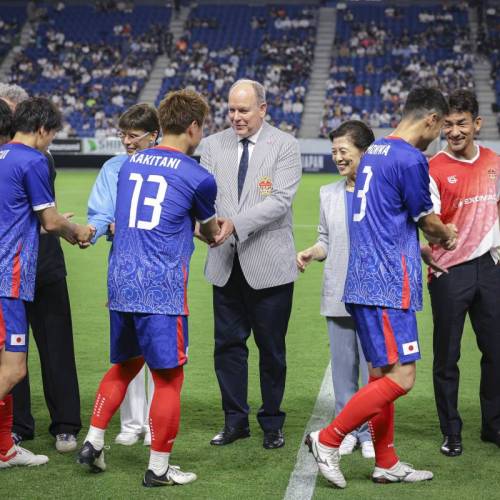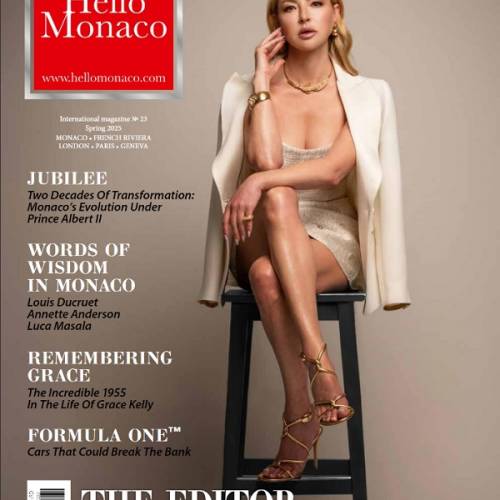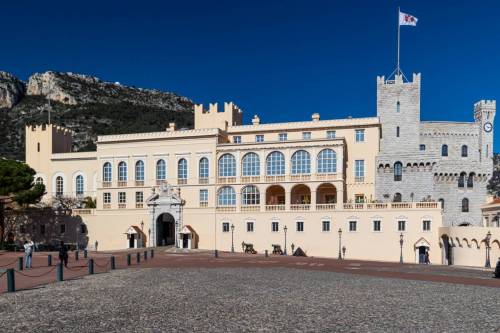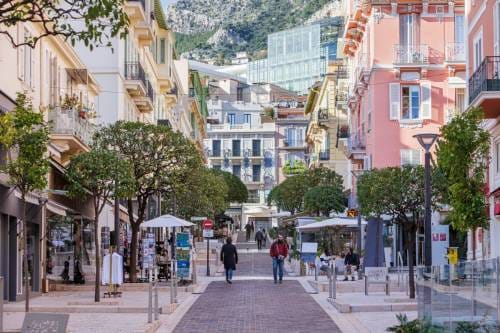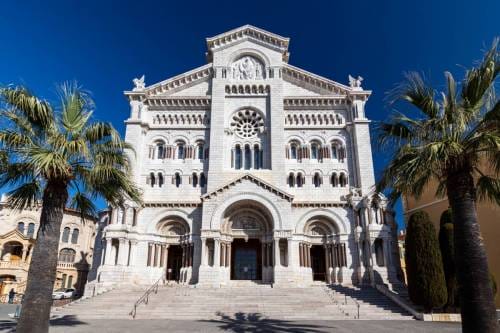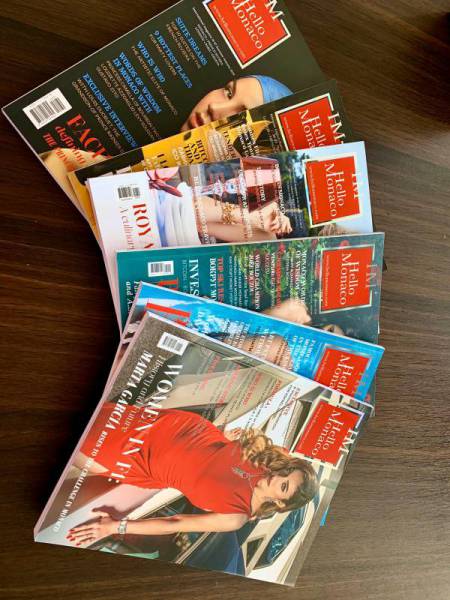It was in 1861 after Monaco lost much of its territory, Menton and Roquebrune, that Prince Charles III decided to invest in the fashionable Casino area that would accommodate the European and, in particular, the Russian aristocracy… In 1866, by a Sovereign Ordinance, the plateau of Spélugues became Monte-Carlo.
At the time, the cities of the French Riviera were already competing against one another for tourists. The construction of the lower cornice, thanks to the initiative of empress Alexandra Fedorovna, and the opening of the Nice-Monaco railway made the Principality easily accessible from Nice, a top destination for Russians on the Riviera. The Riviera towns went out of their way to seduce the rich foreigners and become a top destination in their own right. On top of its luxurious hotels, Monaco offered visitors a range of cultural activities. In 1879 the new Theatre of Monte Carlo, designed by Charles Garnier, was inaugurated with a show by the world famous Sarah Bernhardt.

Russian ballet in Monaco
Serge de Diaghilev was undoubtedly the greatest promoter of Russian ballet in Europe in the early 20th century. Bold and clairvoyant, he brought modernity to dance. In 1909 he came to the Principality with his «Ballets Russes» which later became the «Ballets de Monte-Carlo». While Diaghilev’s role is undeniable, another lesser-known person also greatly contributed to the development of Monte-Carlo ballet. Back in 1892 Raoul Gunsburg was appointed director of the Théâtre de Monte-Carlo. Exotic Russia is already fashionable. Tsar Nicholas II recommended Gunsburg, the founder of a lyric theatre in Moscow, and then director of the Theatre of Nice, to Prince Albert I. He thus organised grand operas in Monaco, which attracted the Russian aristocracy. The Ballets also enjoyed a dazzling success in Moscow and St. Petersburg, encouraging their performance in the biggest European capitals. At that time the press, journalists and theatre critics played a fundamental role in spreading the news of this art form.
The archives of the «Fonds Patrimonial» suggest that Philippe Casimir (1853-1939), critic for «Nice Artistique», editor at the «Petit Niçois» played a great mediator role in promoting Russian Ballets. He maintained regular correspondence with his Russian friend, a French-speaking journalist Alexandre Plescheeff (1858-1944), whose father Alexis was an eminent Russian poet. Their correspondence reveals a major cultural event of 1895: “we now go to Monte-Carlo as we go to Bayreuth with the difference being that in Monte-Carlo, the repertoire is eclectic and international”.

The triumph of Olga and Mathylda
To announce this show, Alexander Plescheeff wrote an article in the «Petit Niçois» under the title of “Les danseuses russes à Monte-Carlo, Miss Kschessinskaya and Preobrajenskaya”. Following the news, all the locals rushed to the Salle Garnier; their Royal Highnesses, the Prince and Princess of Monaco also attended the show.

That night, the Russian dancers were the star attraction. Mathylda, the Prima Ballerina since 1893 and Olga, a character dancer, featured in a mazurka alongside Alfred Bekefi, Imperial Ballet of St. Petersburg. Plescheeff asked his colleague Casimir to cover the event and the international press was ecstatic, creating news frenzy. Kschessinskaya recalls in her memoirs that Monte Carlo unveiled her to the rest of Europe. She was named prima ballerina assoluta in 1895. Mathylda on the other hand, was known to have had a love affair with the Tsarevich Nicolas Alexandrovich, future Nicholas II, before eventually marrying his cousin, Grand Duke André in 1921 in Cannes under the name of Princess Romanovskaya-Krassinskaya.
Alexandre Plescheeff, author of the first book on the history of the Russian ballet, “Notre ballet 1673-1896”, contributed to Kschessinskaya’s fame by describing her as a “national treasure”.

After finding success in Monaco, Alfred Bekefi, Olga Preobrajenskaya and the Russian critic Alexandre Plescheeff ceaselessly solicited Casimir as their mediator between the theatres of Nice and Marseille. Olga and Alfred performed again in Monaco in 1896. Following their success, the dancers participated in the charity gala of the French Colonies in Monaco. The prima ballerina and Alfred Bekefi were then seen again on the Monte-Carlo stage in 1897 and in 1900.
The relationship between Monaco and Russian ballet was thus born; Raoul Gunsbourg definitely sealed it by bringing Diaghilev to the Principality where the latter found his troupe in 1911.
The rest is history…

